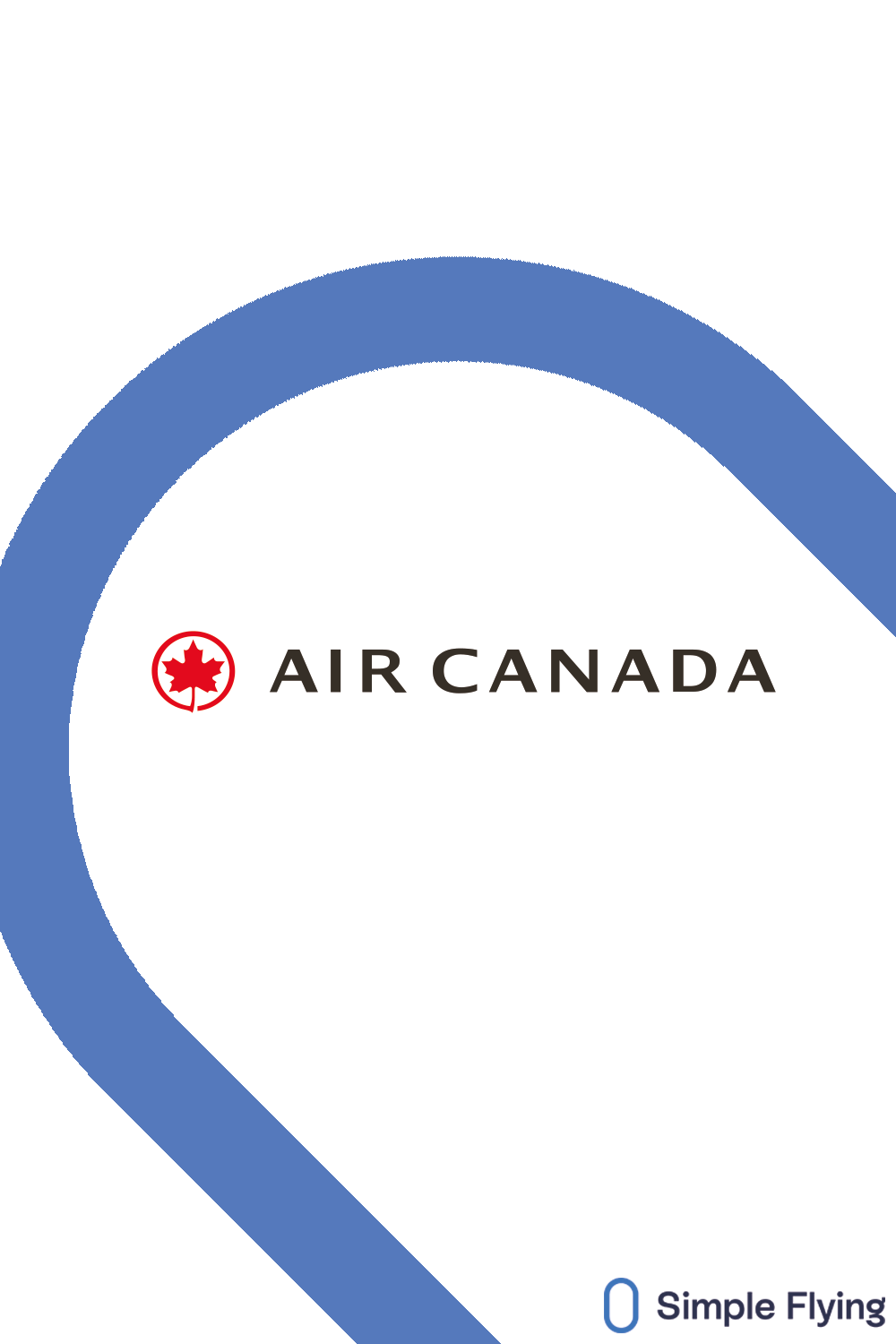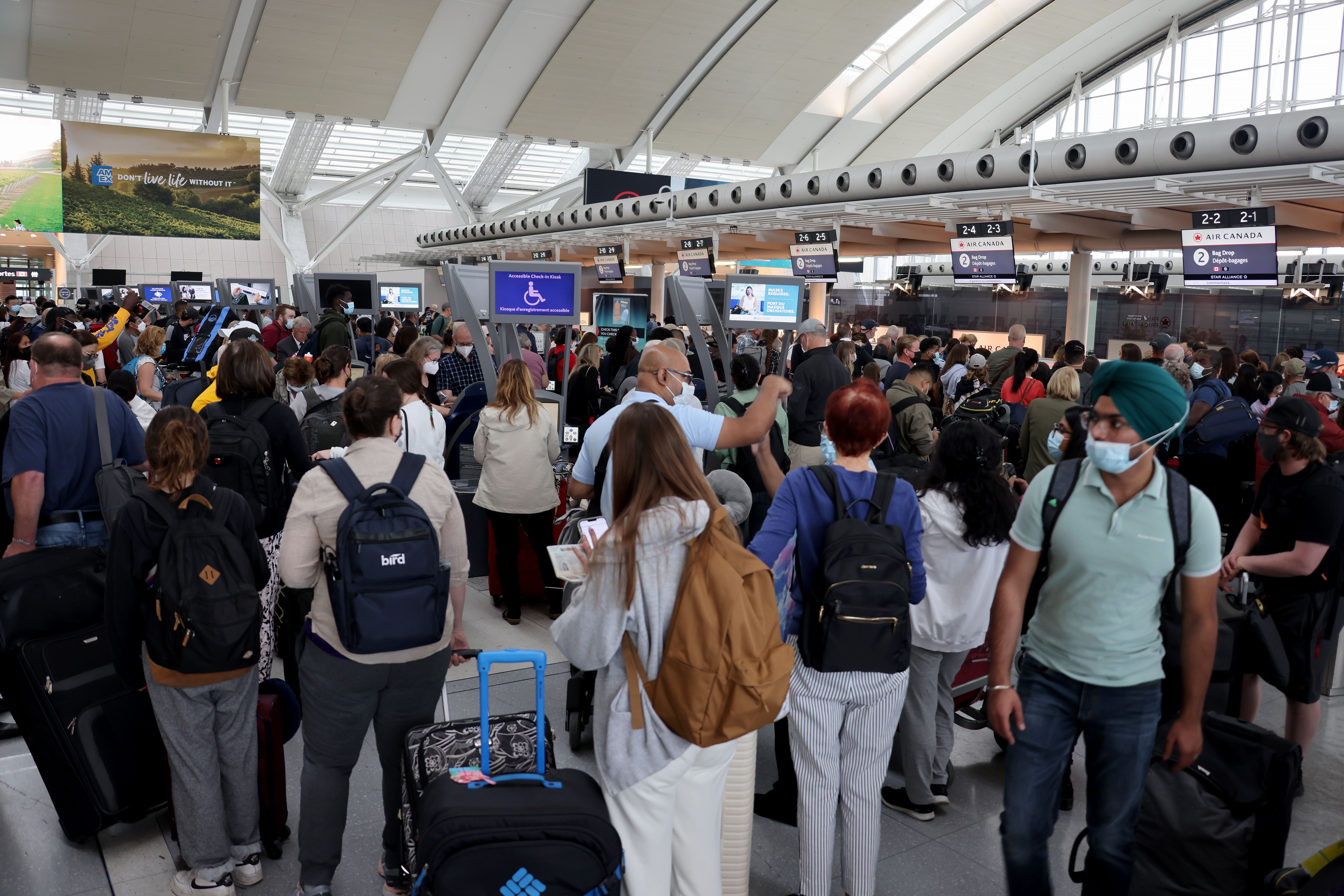The adage that it never rains but pours seems to have struck home at Air Canada. After a long time on the ground, the airline is struggling to keep its head above water as demand surges five-fold from last year.
In its second-quarter (Q2) results released on Tuesday, Air Canada reported passenger revenue of C$3.441 billion ($2.69 billion), eight times higher than in Q2 2021 and 80% of Q2 2019. Total revenue surged from C$837 million ($654 million) in Q2 last year to C$3.98 Billion ($3.1 billion). The airline's second-quarter operating loss was C$253 million ($198 million), a dramatic improvement on the C$1.13 billion ($882 million) it lost in Q2 2021. The Q2 2022 net loss was C$386 million ($301 million) compared to the net loss of C$1.165 billion ($910 million) from last year.
The path to recovery is never easy
President and CEO Michael Rousseau commented on the difficult operating environment: "The past three months have been very challenging for our company, our employees and customers from an operational perspective. The path to recovery from any serious event is rarely straight and easy."
"I thank our employees for their incredibly hard work, demonstrated professionalism and commitment as we safely transported over 9.1 million customers in the quarter, nearly eight million more than the second quarter of 2021 or about 70% of total customers carried in the full year of 2021."
The Government of Canada moved quickly to reopen borders in the second quarter. This pushed pent-up demand into the crowded airports and canceled flights that have plagued Air Canada and major airports, such as Toronto Pearson International Airport (YYZ), which was labeled the world's worst for delays. Pre-entry COVID tests for fully vaccinated in-bound international travelers were dropped in April, and from June, passengers boarding an aircraft in Canada no longer needed to show proof of vaccination. For Air Canada, that meant emerging from a near two-year shutdown to rebuilding capacity to around 80% of 2019 levels in just a few months.
The aircraft and people are back so where to now?
On the fleet side, Air Canada moved quickly and, according to ch-aviation.com, now has 94% of its 232 aircraft back in service. The fifteen inactive aircraft are a mix of Airbus A220s and A320-family aircraft, while idle Boeing aircraft include six B767s and one B787-8. The mainstays of the operating fleet are 29 B787-9s, 18 B777-300s, 29 Airbus A220s, 29 A321-200s, 26 A319-100s, 23 A320-200s and 16 A330-300s. On the personnel side, Rousseau said the airline expected travel would rebound significantly and prepared accordingly. "We entered the peak summer travel period at nearly 90% of our pre-pandemic staffing levels while prudently planning to operate approximately 80% of our pre-pandemic schedule over that period. To further support the industry's recovery efforts and mitigate the short-term impact on customers and employees, we recently took additional steps to flatten peaks and smooth the flow of traffic by proactively reducing our schedule over July and August."
Discover more aviation news here!
In June, Air Canada canceled around 8% of its scheduled flights for July and August. Those cancelations remove, on average, about 154 flights per day and equate to approximately 378 million available seat miles (ASM). The cancelations are primarily domestic and US trans-border routes to and from Toronto and Montreal at peak times. Despite that, the airline plans to increase its Q3 ASM capacity by about 131% from Q3 2021, which is still only 79% of Q3 2019 capacity.
To all our suffering Canadian readers, does this sound like a reasonable explanation for what you have been through?

-Pace.jpeg)


.jpg)